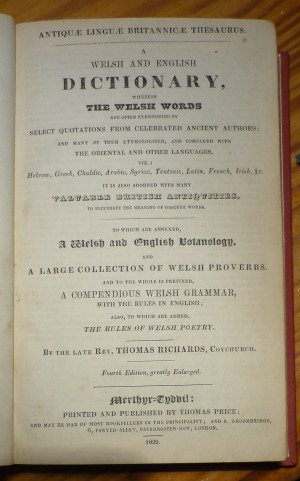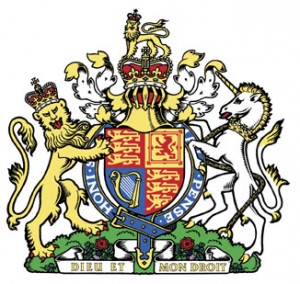At present, Welsh is spoken only in Wales, and Breton in Brittany, yet there was a time when it was spoken not only over the British Isles, but over parts of Continental Europe. For it has been maintained, falsely in my view, that the Celts, or ancient Gauls, were one and the same with the Britons, and making allowance for dialect, used the same language. Although most modern researchers deny this, the widespread knowledge of early Welsh must hold true.
Very many of the Celtic or Gallic words agree very well with the Welsh, both in sound and in sense. In addition, many of the names of cities, mountains, rivers etc. in France (anciently, Gaul), cannot be accounted for without a knowledge of Welsh. Here are a few examples. Arles (Latin: Arelatum) derived from Ar (upon) and Llaith (moist); because situated upon moist ground, Ysloudun, Guienne (Latin: Uxellodunum) derived from Uchel (high), and Din (fortified mound). The Cevennes comes from the root Cefn (back or ridge), and the Apennine mountains, Pen (head, top or chief, etc.). The river Arar, in French, La Saonne, from Araf (slow, soft), the Garumna, now called La Garronne, from Garw(rough, harsh)” (Thomas Richards’ Welsh &English Dictionary (1839).
Continue reading Were the ancient British tongues related to Hebrew?

